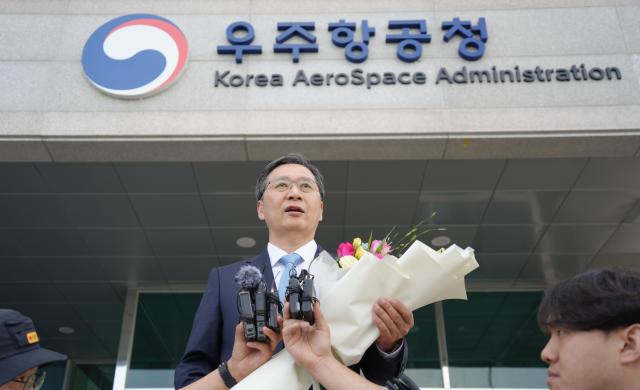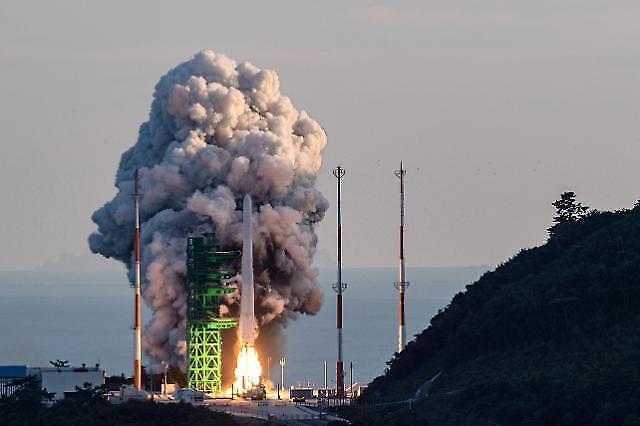
Located in Sacheon, South Gyeongsang Province, KASA will integrate policy functions spread across various ministries and agencies, including overseeing research and development, promoting industries and safeguarding Koreans from space-related risks. The agency aims to land a spacecraft on the moon by 2032 and explore Mars by 2045.
Yoon Young-bin, a former aerospace professor at Seoul National University, took office as the inaugural head of the agency on the same day. Rho Kyung-won, a senior official from the Ministry of Science and ICT, serves as deputy chief, and former NASA executive John Lee serves as aerospace mission chief.
The agency currently has 110 employees, including about 50 researchers and 55 administrative staff. These employees consist of government officials transferred from the Ministry of Science and ICT and the Ministry of Trade, Industry and Energy. By the end of 2024, the number of employees will increase to 293.
South Gyeongsang Province is home to 65 percent of space-related companies, including the nation’s two leading aerospace firms -- Hanwha Aerospace and Korea Aerospace Industries (KAI).
"The agency will depart from the conventional government-led project approach and re-establish roles with the private sector," Yoon told reporters.
Meanwhile, Korea successfully launched its three-stage rocket Nuri, also known as KSLV-II, in 2022, becoming the seventh country to send a homegrown projectile from its soil after Russia, the United States, France, China, Japan and India.
Copyright ⓒ Aju Press All rights reserved.




